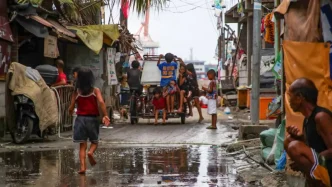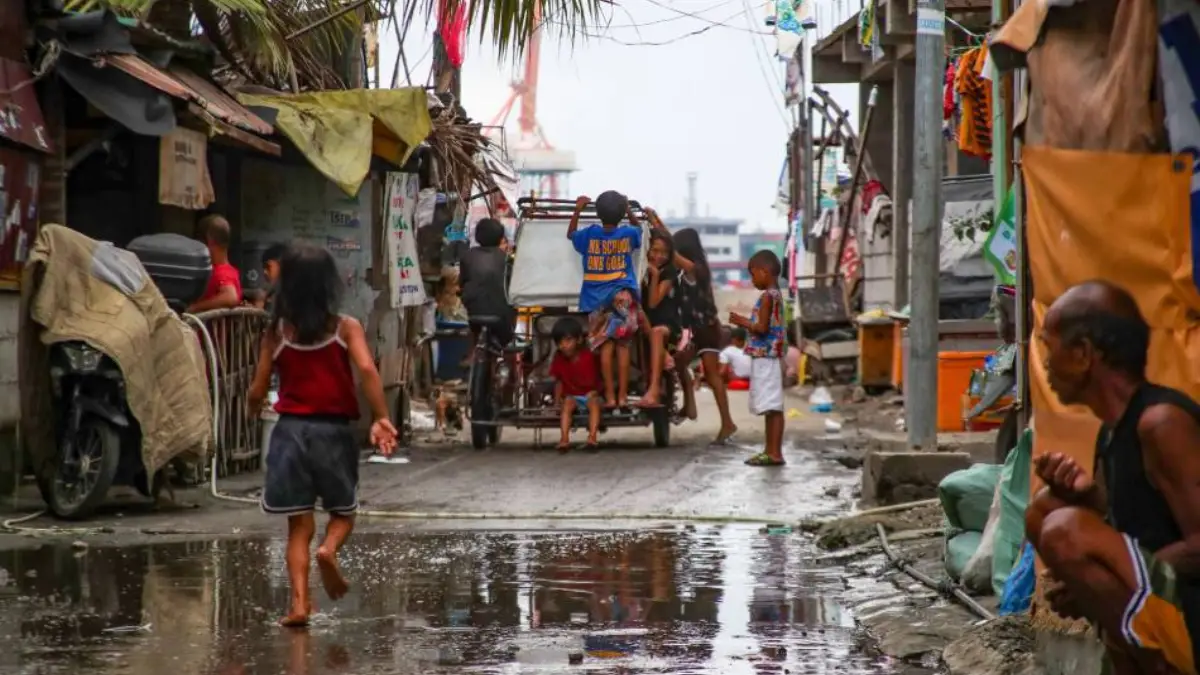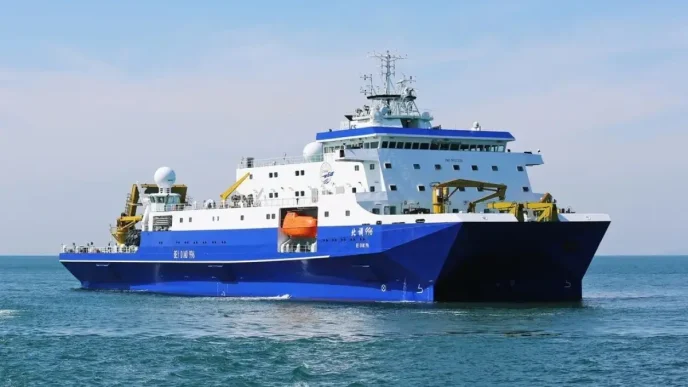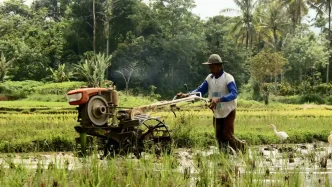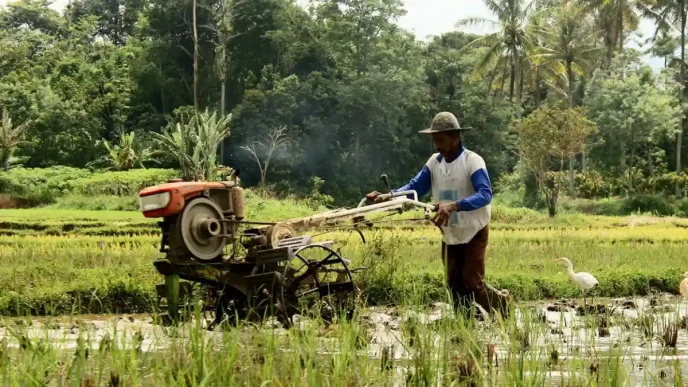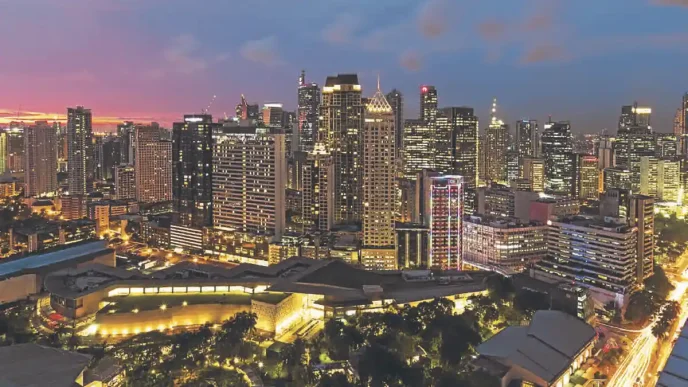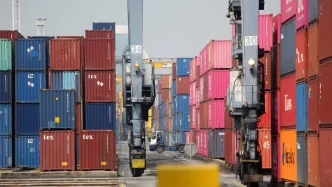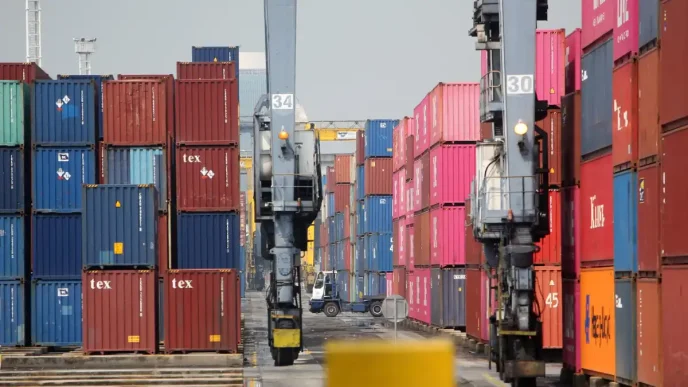Filipino families are grappling with an escalating cost of living, as the latest Social Weather Stations (SWS) survey reveals that a minimum monthly income of P12,000 (~US$240) is now required to stay out of poverty. In Metro Manila, the threshold is even steeper at P20,000 (~US$400), reflecting the intense economic pressures felt in urban centers. This increase, up from P10,000 (~US$200) in the previous quarter, marks the first rise this year and underscores the growing burden of food, transport, and utility costs on households across the nation.
Conducted between June 25 and 29, the SWS survey paints a stark picture of economic hardship, with 49% of Filipino families—equivalent to approximately 13.7 million households—still identifying as poor. While this figure represents a slight decline from 50% in April, it highlights a persistent struggle for nearly half the population to meet basic needs. Beyond the headline numbers, the survey exposes deeper challenges, including regional disparities, food insecurity, and the emergence of the “newly poor”, raising critical questions about the country’s economic trajectory and the effectiveness of current policy responses.
Regional Disparities and Declining Standards
The SWS data reveals significant regional variations in self-rated poverty, with Mindanao bearing the heaviest burden. A staggering 69% of families in Mindanao classified themselves as poor, an increase of 8 percentage points from April. The Visayas followed at 60%, while Balance Luzon and Metro Manila reported lower but still concerning rates of 38% and 36%, respectively. These disparities point to uneven economic development and access to resources across the archipelago, with rural and conflict-affected areas like Mindanao facing particularly acute challenges.
Despite the rise in poverty thresholds, SWS noted that these figures have remained relatively stagnant over time when adjusted for inflation. This suggests that many families are forced to lower their living standards, tightening budgets and cutting back on essentials to survive. The proportion of families considering themselves “not poor” declined in most regions, dropping to 57% in Metro Manila (from 60%) and plummeting to 21% in Mindanao (from 29%). Only the Visayas saw a modest improvement, with the rate rising from 24% to 28%.
Food Insecurity: A Persistent Crisis
Food poverty remains a widespread issue, with 41% of Filipino families identifying as food-poor—a figure unchanged from April. Once again, Mindanao reported the highest incidence at 60%, followed by the Visayas at 44%, Balance Luzon at 34%, and Metro Manila at 31%. The percentage of families who are not food-poor dipped slightly to 49%, while those on the borderline of food poverty rose to 10% from 7%, signaling a growing vulnerability to hunger and malnutrition.
These statistics reflect a broader struggle to afford nutritious meals amid rising food prices, exacerbated by global supply chain disruptions and local agricultural challenges. For many households, particularly in Mindanao where economic opportunities are limited, putting food on the table has become a daily battle. The lack of improvement in food poverty rates over recent months raises concerns about the adequacy of social safety nets and government interventions aimed at addressing hunger.
Cost of Living: Breaking Down Household Expenses
The SWS survey provides a detailed glimpse into the monthly expenditures of Filipino families, highlighting the financial strain of maintaining a basic standard of living. On average, families spend P3,000 (~US$60) on rent, P2,000 (~US$40) on transportation for work or school, P800 (~US$16) on internet connectivity, and P300 (~US$6) on mobile phone load. These costs vary significantly by region, with Metro Manila families facing the highest expenses for internet at P1,000 (~US$20) and phone load at P420 (~US$8.40), while those in Mindanao spend the least, at P350 (~US$7) and P200 (~US$4), respectively.
Compared to the previous quarter, internet costs have declined in Metro Manila and Mindanao but risen in the Visayas, reflecting uneven access to digital infrastructure. Phone load expenses, meanwhile, dropped in Mindanao but held steady or slightly increased elsewhere. These fluctuations illustrate the complex interplay of regional economic conditions and service availability, with urban centers like Metro Manila bearing higher costs due to greater reliance on digital connectivity for work and education.
The Emergence of the “Newly Poor”
One of the most striking findings from the June survey is the identification of the “newly poor”—households that have fallen into poverty after previously escaping it. Approximately 7.8% of poor families, or about 2.2 million households, reported being non-poor just one to four years ago. Another 6.4% indicated they were non-poor five or more years ago, while a significant 34.8% stated they had never experienced life outside poverty. Among those currently not poor, 11.1% said they had only escaped poverty within the last four years, underscoring the fragility of economic stability for many Filipinos.
This phenomenon of the “newly poor” points to the impact of recent economic shocks, including the lingering effects of the COVID-19 pandemic, inflation, and job losses in key sectors. For families who had managed to climb out of poverty, these setbacks have been particularly devastating, erasing years of progress and highlighting the need for more resilient economic policies. The data also suggests a cycle of poverty that traps a significant portion of the population, with limited upward mobility and frequent reversals.
Policy Challenges and Economic Outlook
The rising poverty thresholds and persistent food insecurity captured in the SWS survey reflect deeper structural issues within the Philippine economy. High inflation, driven by global commodity price increases and domestic supply constraints, continues to erode household purchasing power. The country’s heavy reliance on imported goods, coupled with vulnerabilities in local agriculture, has left families exposed to price volatility. At the same time, wage growth has lagged behind inflation, particularly for low-income workers, further widening the gap between earnings and expenses.
Government initiatives, such as cash transfer programs and subsidies for vulnerable households, have provided some relief, but their reach and impact remain limited. Critics argue that these measures often fail to address the root causes of poverty, such as underemployment, lack of access to quality education, and regional inequality. In Mindanao, for instance, ongoing conflict and underinvestment in infrastructure exacerbate economic challenges, making it difficult for families to break free from poverty.
The Philippine government faces a delicate balancing act: stimulating economic growth while ensuring that the benefits reach the most marginalized communities. Recent policy proposals, including investments in agriculture to boost food security and infrastructure projects to create jobs, aim to address some of these issues. However, their implementation has been uneven, and results will take time to materialize. Meanwhile, international support and remittances from overseas Filipino workers continue to play a critical role in sustaining household incomes, though they cannot substitute for comprehensive domestic reforms.
A Call for Broader Solutions
The SWS survey serves as a sobering reminder of the economic realities facing millions of Filipinos. While the slight decline in self-rated poverty from 50% to 49% offers a glimmer of hope, it is far from a cause for celebration. The rise in poverty thresholds to P12,000 (~US$240) nationwide and P20,000 (~US$400) in Metro Manila signals that families are struggling to keep pace with the cost of living, often at the expense of their quality of life. For the “newly poor” the loss of hard-won economic gains adds a layer of frustration to an already challenging situation.
Addressing these issues will require a multi-faceted approach, combining short-term relief with long-term structural reforms. Enhancing social protection programs, investing in education and skills training, and prioritizing regional development are essential steps toward reducing poverty and inequality. At the same time, policies must adapt to the unique challenges of different regions, recognizing that solutions for Metro Manila may not suit the needs of Mindanao or the Visayas.
As the Philippines navigates this period of economic uncertainty, the resilience of its people remains a powerful asset. Yet, resilience alone cannot bridge the widening gap between incomes and expenses. With nearly half of Filipino families still identifying as poor, the urgency for effective, inclusive policies has never been greater. The question now is whether the government can translate economic growth into tangible improvements for those at the bottom of the income ladder—or risk leaving millions behind in a cycle of hardship.

